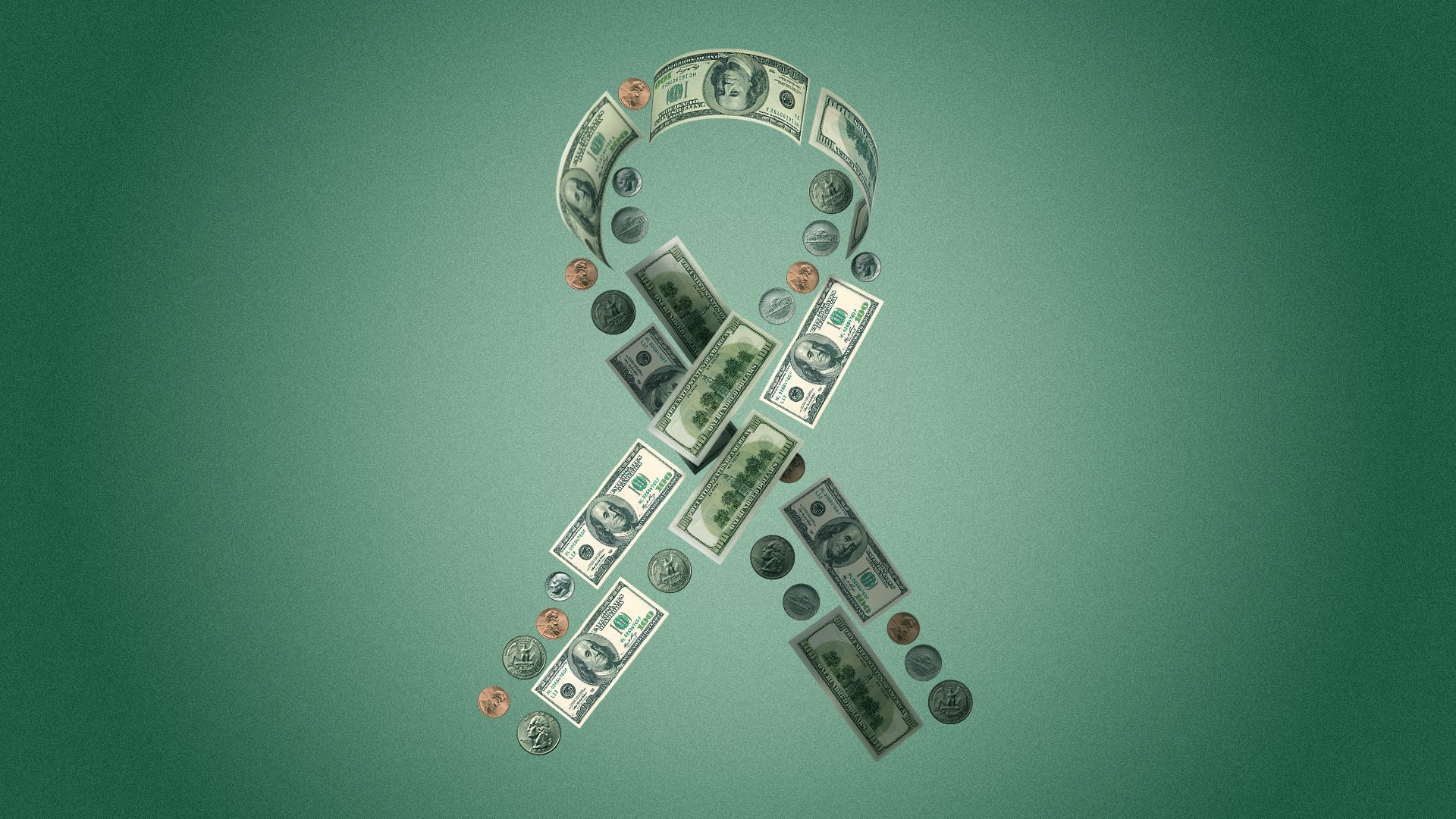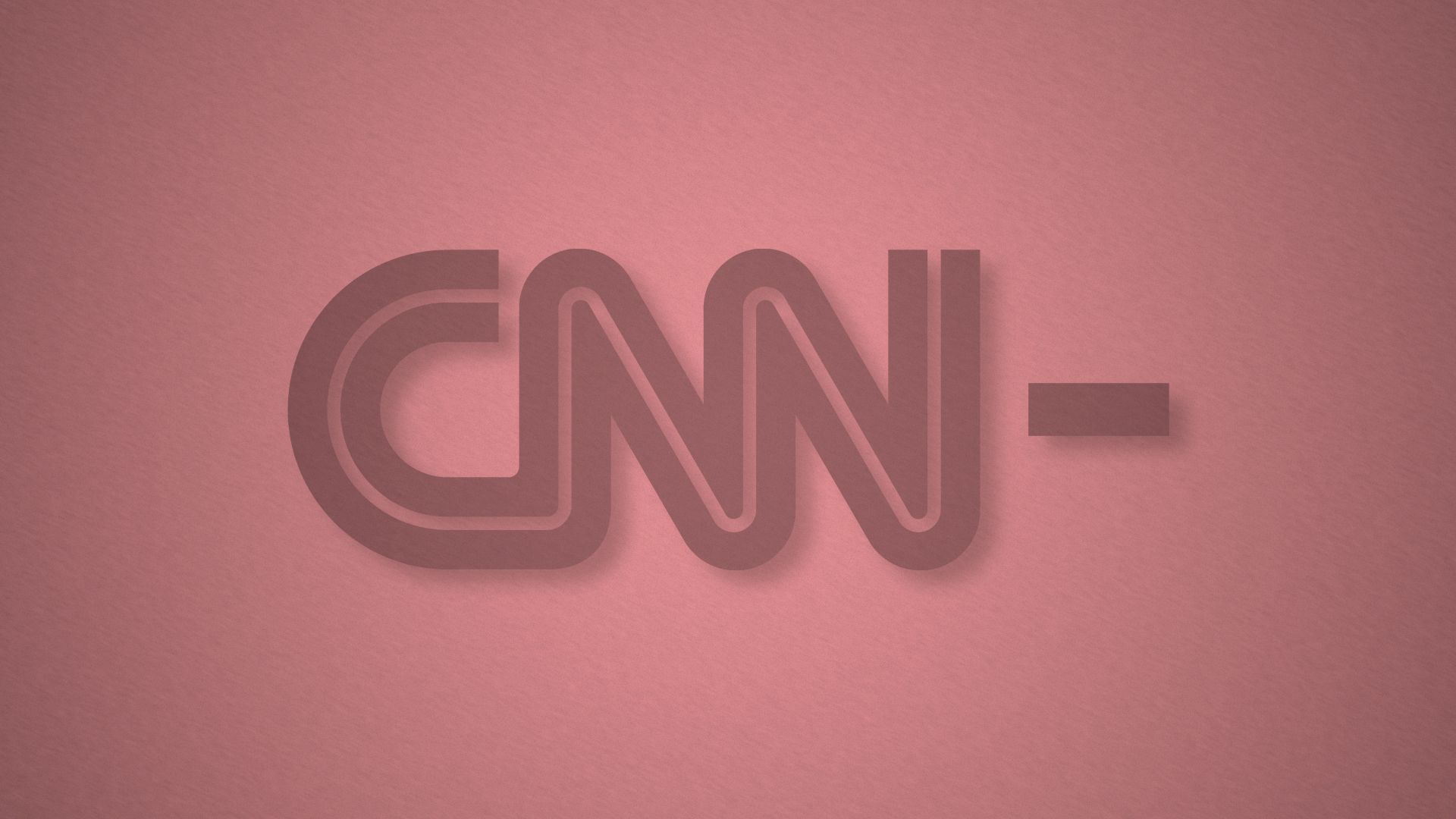|
||
| Axios Pro Rata | ||
| By Dan Primack · Jun 09, 2025 | ||
| Top of the Morning | ||

|
||
|
Illustration: Aïda Amer/Axios |
||
|
Andy Rachleff is funding startups again, more than two decades after stepping down as a founding partner of legendary venture capital firm Benchmark. Why it matters: His new mission is curing cancers instead of generating profits for limited partners. Driving the news: Rachleff tells Axios that he's spearheading a new investment program for the Damon Runyon Cancer Research Foundation, where he chairs the board.
Zoom in: Damon Runyan focuses exclusively on young scientists, or at least scientists who are relatively early in their careers.
By the numbers: Damon Runyan backs around 70 new scientists per year, has 1,400 alumni, and spins out between 10 and 20 startups per year.
The bottom line, per Rachleff: "We view this as an incredible win-win. And that's a very good thing in a world where scientific funding is under attack." |
||
|
|
||
| The BFD | ||

|
||
|
Illustration: Megan Robinson/Axios |
||
|
Warner Bros. Discovery (Nasdaq: WBD) this morning announced plans to split into two publicly traded companies, splitting its cable networks from its movie studio and streaming business. Why it's the BFD: It took just three years for the $43 billion merger of Discovery and WarnerMedia to officially turn into a pumpkin, and will mark the fourth time that some of these assets are on the move. Zoom in: The split is expected to occur by the middle of 2026.
The bottom line: "Without NBA TV rights, the value proposition of WBD's cable networks had fallen significantly, despite the fact that they still provide the company with steady cash flows. But CEO David Zaslav became a Hollywood giant and escaped the cable biz, so it's hard to call the 2022 merger a total failure for him." — Sara Fischer, Axios |
||
|
|
||
| Venture Capital Deals | ||
|
• Scale AI, an SF-based data labeling startup, is in talks to raise more than $10b from Meta, per Bloomberg. axios.link/4jHZqmy |

